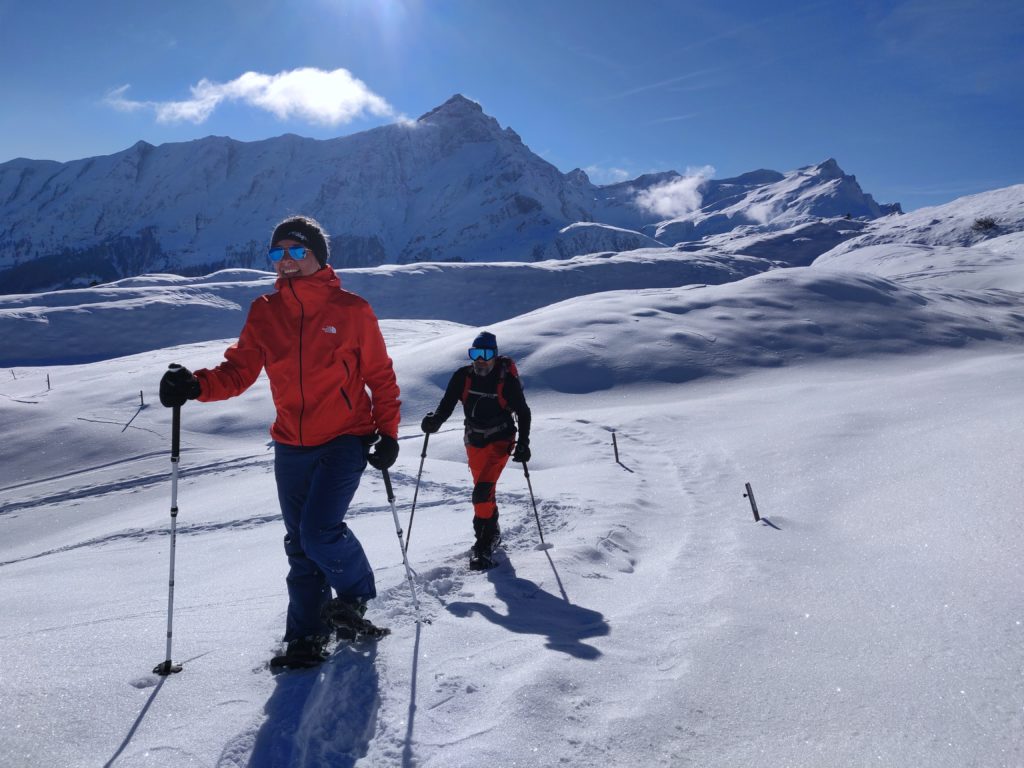Winter transforms the landscape into a breathtaking wonderland, and for outdoor enthusiasts, it opens up a new world of activities. One such exhilarating and accessible winter activity is snowshoeing. Whether you’re a seasoned adventurer or a winter novice, snowshoeing offers a fantastic way to explore snowy landscapes and stay active during the colder months. In this article, we’ll delve into what you need to know before and after you embark on a snowshoeing adventure.
Before You Go
- Choose the Right Snowshoes: Selecting the right snowshoes is crucial for a comfortable and enjoyable experience. Consider factors such as your weight, the type of terrain you’ll be traversing, and the snow conditions. There are various styles of snowshoes, including recreational, backcountry, and running snowshoes, each designed for specific purposes.
- Dress in Layers: Dressing appropriately for the winter weather is essential. Layers help regulate body temperature and allow you to adapt to changing conditions. Start with a moisture-wicking base layer, add an insulating layer for warmth, and finish with a waterproof and windproof outer layer to protect against snow and wind.
- Wear Insulated and Waterproof Boots: Proper footwear is key to keeping your feet warm and dry. Insulated and waterproof boots with good traction are essential, especially when venturing into deep snow or icy terrain.
- Bring Essential Gear: Pack essential items such as a map, compass, water, snacks, a first aid kit, and a headlamp. Additionally, consider bringing trekking poles for added stability and to reduce the strain on your knees.
- Check Weather Conditions: Stay informed about the weather conditions before heading out. Be prepared for changes in temperature, wind, and visibility. Check for any weather advisories or warnings in the area.
During Your Snowshoeing Adventure
- Follow Trail Etiquette: Stay on designated trails to protect the environment and respect the rules of the area. Yield to other trail users, and be aware of your surroundings.
- Be Mindful of Avalanche Risks: If you’re snowshoeing in mountainous regions, be aware of avalanche risks. Check avalanche forecasts and avoid areas with a high risk of avalanches. Take an avalanche safety course if you plan on exploring challenging terrain.
- Stay Hydrated and Nourished: Cold weather can mask feelings of thirst, so it’s essential to stay hydrated. Pack water and energy-rich snacks to keep your energy levels up during the trek.
After Your Snowshoeing Adventure
- Clean and Dry Your Gear: Properly care for your snowshoes, boots, and clothing by cleaning off any snow, mud, or debris. Allow everything to dry thoroughly to prevent mold and mildew.
- Reflect on Your Experience: Take a moment to reflect on your snowshoeing adventure. Consider what went well, what you enjoyed, and any challenges you faced. Use this information to enhance future outings.
- Share Your Experience: Share your snowshoeing experience with others. Whether through social media, blogs, or conversations, sharing your adventures can inspire others to explore the beauty of winter landscapes.
Conclusion
Snowshoeing is a fantastic winter activity that opens up a world of snowy exploration. By preparing adequately before your adventure, following trail etiquette, and taking proper care of your gear afterward, you can make the most of this exhilarating outdoor experience. So, bundle up, strap on your snowshoes, and embrace the beauty of winter on your next snowshoeing adventure.

